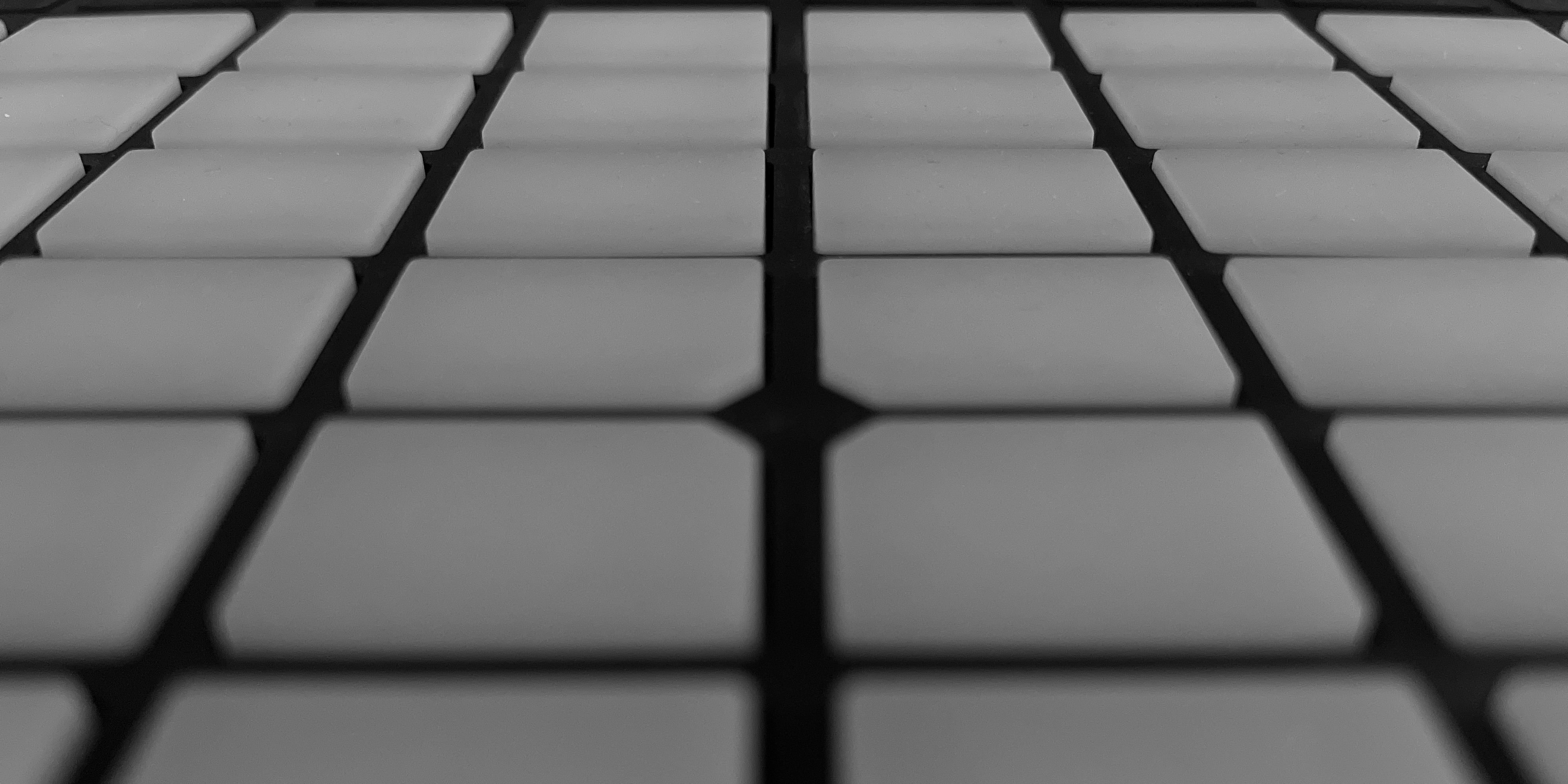Each week, I first summarize my adventures in making music. Lately, I have been composing tracks for the Disquiet Junto, the Naviar Records Haiku Music Challenge and, this year for the first time, Weekly Beats. I also have other projects and collaborations I will share occasionally.
I also bring together the perspective I shared in posts on social media (currently Mastodon) about the music industry in the section: Music + Tech + Law. These thoughts are intended to come from me as a consumer of, and participant in, the entertainment business. However, I cannot completely separate the thoughts I generate from the part of my brain I use for my day job as a lawyer experienced in technology contracts and intellectual property.*
My Music
This week presented some logistical hurdles. I had some vacation days sprinkled in, but not the kind where I had any large chunks of free time. And when I did have a moment to fire up my system, my Push 2 started acting up. All of the parameters were jumping around as if I were rapidly turning all of the knobs at once. There was no way to work in the software like this, so I had to spend time troubleshooting and even went out and bought a new USB cable. After none of that worked, I simply uninstalled and reinstalled Ableton Live 11. That seems to have resolved my issue. I did have the Live 12 beta installed on my machine, so I assume there must have been a bug that will be resolved before the release. In any event, that whole episode cut at least one music-making session out of this week compared to what I have done during the prior seven weeks. Once I did get my Push back on track, I realized I lost the template set I usually start from during the reinstallation. I didn’t feel like setting up a new template yet, so I just worked with a stock drum rack and built up a beat. The parts sounded fine, but I couldn’t bring myself to love any of the samples, so I ended up breaking out each note pattern in the beat to ten separate MIDI clips, created a new track for each one, added a Simpler device to each track and replaced each sample. It was tedious, but I like the drum sounds much better. I composed the bass, pads, chords, stabs and arpeggiated keys all on the Push using the scale mode to remain in G# major, and then moved over to my computer to start coming up with combinations of parts in Session View. Once I had a rough song structure, I flipped to Arrangement View and started to refine the flow of the song. There aren’t very many parts to this song, but that was intentional. I wanted something simpler, shorter and more minimal than what I created in past weeks. It turned out to be an upbeat and positive track which made it easier to stick with along the way. I admit the title, "Kiss Scene," is cheesy, but that is what I picture the song as a backdrop to.
Music + Tech + Law
This article about a copyright infringement lawsuit brought against Cam’ron will get clicks because it just sounds bizarre that a person could lose a copyright case involving their own likeness. I understand what happened, but to me no one really wins here. The plaintiff gets an award, but still hasn’t communicated with the defendant and subject of her photo, who now could could obstruct her own use of it based on his rights in his own name, image and likeness. This case should have settled for a fraction of the award.
I enjoyed this article about the many reasons to write short songs. It is something that has been on my mind from working in electronic music where tracks can push over five minutes long, while also recognizing the popularity of short-form video platforms and learning about how music is distributed across them. I personally have a hard time making a short song. It’s not that I don’t like shorter songs. For one thing, I love punk rock and there are plenty of examples in that genre. I have similar issues with writing text, where it is easier for me to write ten pages than to be limited to only one. But I intentionally work with limitations like page limits to try and refine my communications so they are more to the point. I can see how a similar strategy could help me with music. As noted above, my submission for Weekly Beats this week was shorter than my prior submissions and that was intentional.
This article is about the potential uses of AI technology in the business of music. The author expresses there is a limit to what technology can accomplish because the reason a music fan will like a certain song comes in part from a connection to that song’s creator through a shared human experience. The author points out, however, that the human experience can be very dark sometimes. The best use cases for AI technology are to replace human involvement in tedious and even dangerous tasks. The article is a stark reminder that the music business has a tarnished record when it comes to the health and safety of even the most successful artists. From struggling musicians to the biggest stars, there are too many examples of addiction, overdoses and suicide. I am certainly not suggesting we replace artists with AI technology. What I am getting at is there is a larger question here about how we value art and what it truly costs a human to make it.
*My opinions are not my employer’s and this material does not create an attorney-client relationship, is not intended to convey legal or ethics advice, and does not guarantee the same or similar results in all cases.

Comments